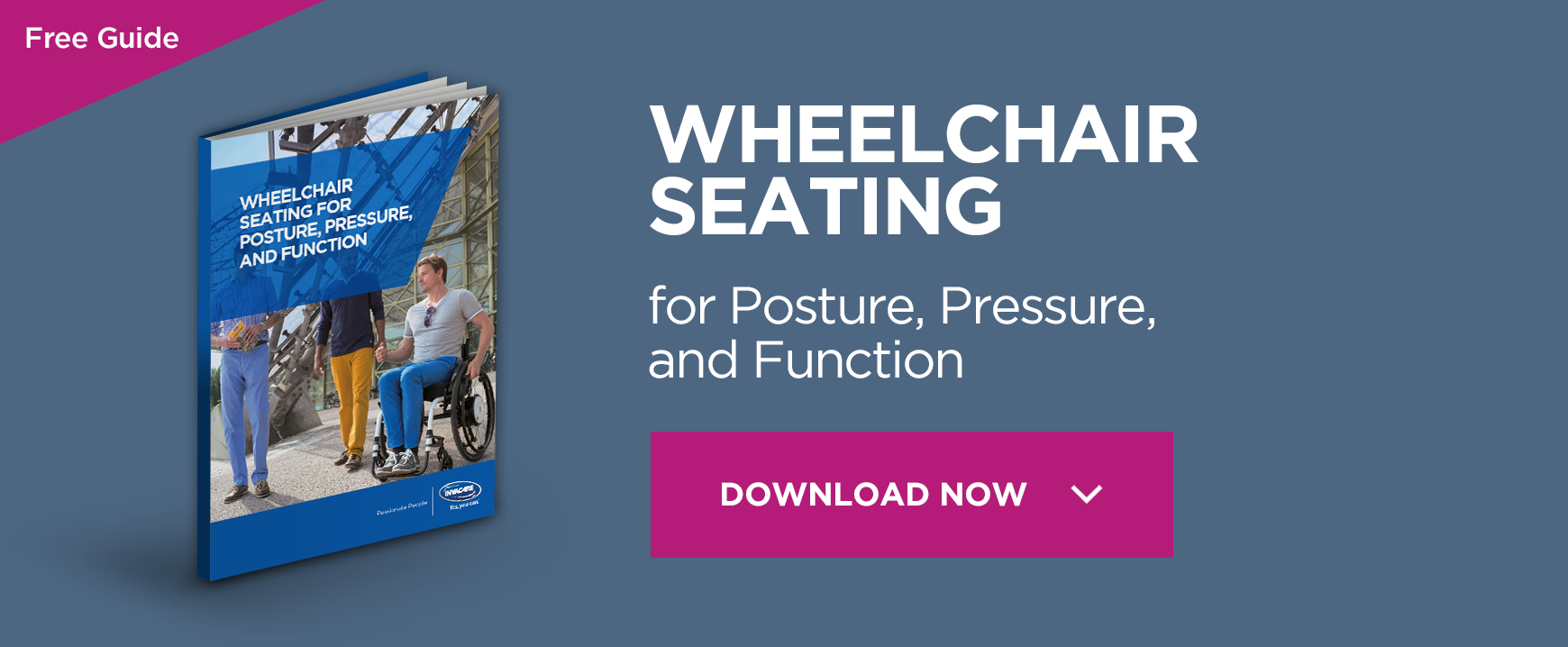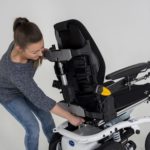Understanding disability needs after leaving hospital and returning to family home

There is little doubt that being both admitted to and discharged from hospital can be an anxiety provoking experience.
If you are reading this blog due to an impending discharge or recent discharge experience we hope you are recovering well and that you feel both in control and fully aware of your abilities and disability needs.
Being in hospital, regardless of how good the care may be, can be one of our most disempowering experiences, particularly if due to an acute or sudden illness where we ultimately feel ‘in the hands of the professionals’.
Now that you are returning home you need to really consider how your life will have changed since the illness or accident. Do you have new disability needs, can you complete your activities of daily living independently? Studies have shown, particularly with elderly people, when returning home with a new disability, individuals are vulnerable to readmission if their disability needs are unmet.
Great consideration needs to be go into how your disability has altered your life and what can you do to ensure you can maximise your health, safety and independence. Think about your daily activities are you still able to do the same things, such as drive the car, look after your child or grandchild or dress and cook for yourself? You will need to research information on what equipment is available to you continue your old life, what care is available? Will the national health service or insurance cover some care hours for you? What about the environment in which you live, do you need a wheelchair now that won’t fit through your doorway, will you need some assistance with the stairs are places you frequent still accessible to you?
Depending on the severity of your disability needs, the first point of call should be to carry out a full assessment of need. Ideally this should be done by a professional occupational therapist. Some national healthcare plans or insurance policies may provide this as part of your total care. This assessment will determine your needs and provide details of a suggested care program, equipment list or necessary modifications to your home.
Equipment
Equipment can range from simple living aids such as shower stool or grab rail to the more substantial purchases such as a profiling bed or hoist. The important thing to remember about any equipment that it is prescribed and designed with the intention to increase occupation and engagement along minimising any risks for you or your carer.
Searching for these products for the first time can be daunting. Most people are not aware such equipment exists until they need to buy one so it is not like going out to buy a new TV when you have an idea of what to expect. An occupational therapist can guide you but you can also find a lot of information online. Invacare have created a range of product guides to explain the range of devices available for mobility, bathing, toileting and moving and handling. Try not to become overwhelmed[SM1] , like learning about anything new for the first time it will eventually all come to you.
Care
In the event that you are not able to perform some of the more essential daily task you may need a formal support. Depending on your requirements a home care worker may visit throughout the day. If a long-term care plan is required it should revolve around you and your family’s needs. As much as possible the schedule should fit around your lifestyle. Before the care program commences expectations and core requirements need to be discussed and agreed.
Welcoming a stranger in to your life in such an intimate manner can be a great cause of frustration or some may see it as a defeat against their independence. Although difficult to comes to terms with this person is there to help you get on with your life, think of them an enabler rather than an inconvenience. In this way you will get the most of your care and the most out of life.
Environment
For some coming home may not feel like coming home as the house or dwelling no longer fits their needs. If you have acquired disability needs, the stairs that once took you to your bedroom are now a constant reminder of the how your life will never be the same again. Therefore, what should have been a positive step can be very daunting. This is completely normal and the best way to overcome these feelings is to speak to someone or seek help.
Most homes can be adapted to accommodate all disability needs. Of course there will be some compromises but nowadays the are many providers out there that can offer a lot of choice. Installing a small lift is now a viable option and accessible bathrooms can be stylish and contemporary. Before making any major decisions, you should observe carefully your movements throughout the house and design a solution that is going to make as much of your home as accessible as possible. What’s important is that you feel at home at home.
Some final tips for adapting to your new life at home, listen to the advice of the professionals, consider your own lifestyle and daily activities and make decisions around you, consider all the options and do some independent research online. Most importantly remember you will need time to adapt, you will have frustrations and you will need support, if you can accept these facts then you are halfway home.







